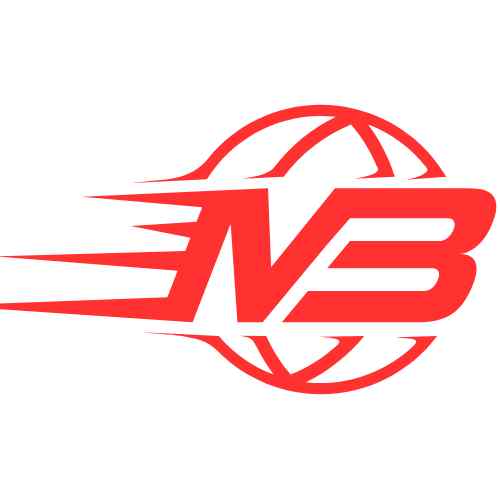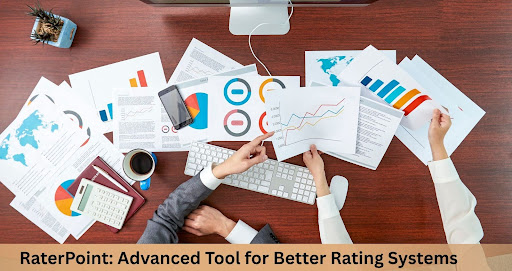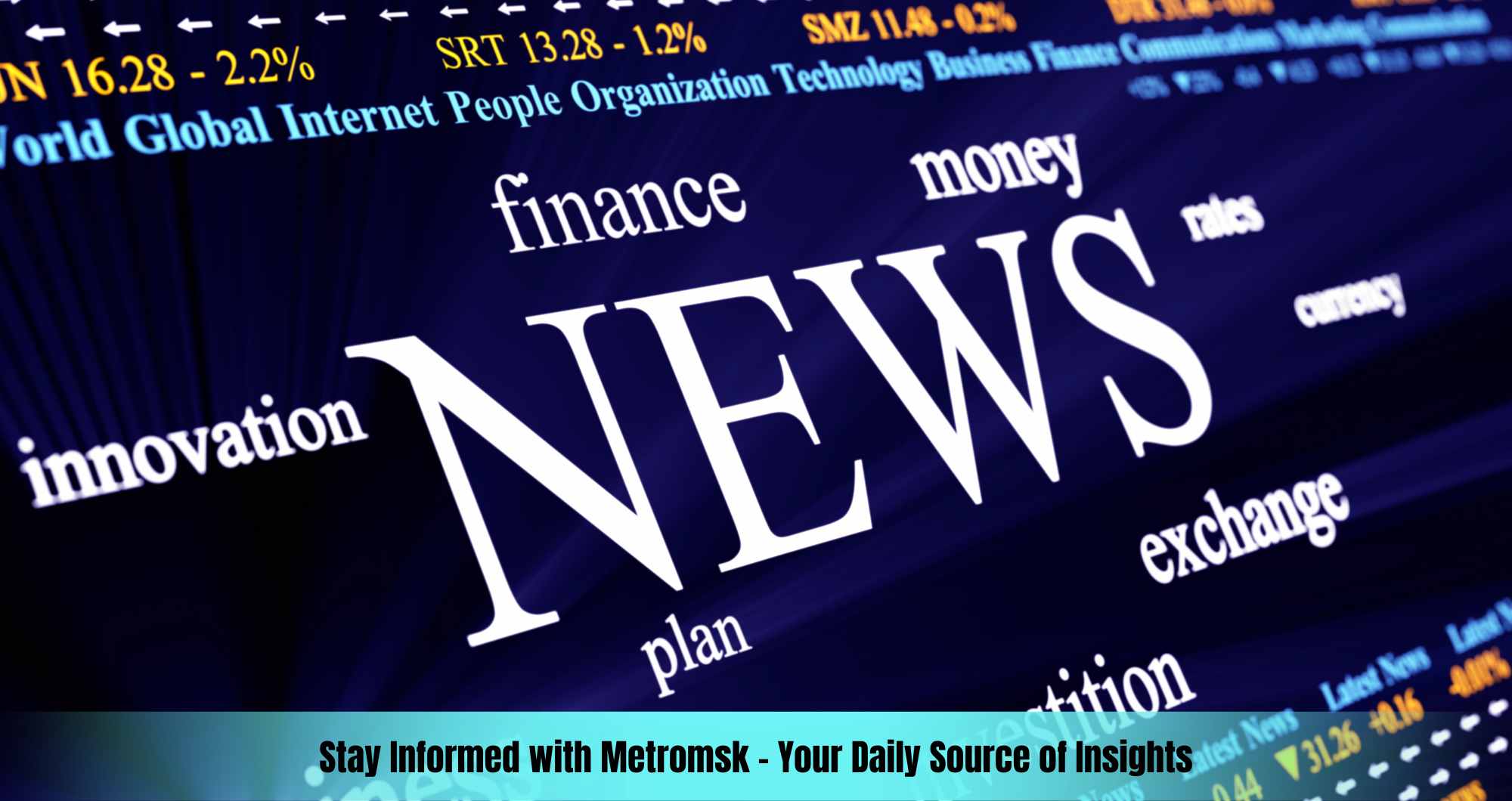In an era where performance evaluation is crucial for success, organizations are on the lookout for tools that can elevate their rating systems. Enter RaterPoint, a transformative platform designed to streamline and enhance how we assess employee contributions. With its robust features and cutting-edge technology, RaterPoint isn’t just another tool in the market; it’s a game changer.
Imagine having the ability to customize your rating criteria, leverage AI-driven insights, and access real-time analytics all in one place. Whether you’re a small business or a large corporation, RaterPoint adapts to your unique needs. This blog post will take you through everything this innovative platform has to offer—from key benefits and performance enhancements to its role in shaping the future of evaluations across various industries. Dive into the world of RaterPoint and discover how it can transform your approach to performance reviews today!
What Is RaterPoint? An Overview of the Platform
RaterPoint is an advanced performance evaluation platform designed to optimize rating systems across various industries. Its user-friendly interface simplifies the process of assessing employee contributions, making it accessible for organizations of all sizes.
At its core, RaterPoint focuses on enhancing the accuracy and fairness of evaluations. By providing customizable templates, users can tailor their rating criteria to align with specific organizational goals or team dynamics. This flexibility ensures that feedback is relevant and effective.
The platform harnesses artificial intelligence to analyze data patterns in real time. This feature aids managers in identifying strengths and areas for improvement within teams quickly and efficiently. As a result, decision-making becomes more informed.
Collaboration tools integrated into RaterPoint encourage open communication between employees and evaluators. Users can easily share feedback, set objectives, and track progress over time within the same ecosystem.
With secure cloud storage options, organizations benefit from easy access to historical data while ensuring compliance with privacy regulations. RaterPoint’s design not only streamlines performance reviews but also fosters a culture of continuous improvement within teams.
Key Features and Benefits of RaterPoint
RaterPoint offers a streamlined approach to performance evaluations, making it an essential tool for organizations. One of its standout features is the customizable rating scales. Users can tailor these scales to fit specific needs, ensuring that evaluations are relevant and accurate.
Another key feature is the user-friendly interface. Navigating through RaterPoint’s platform is intuitive, allowing HR professionals and managers to quickly access necessary tools without extensive training. This efficiency saves time and enhances productivity.
Real-time feedback capabilities set RaterPoint apart from traditional systems. Employees receive timely insights into their performance, enabling them to make improvements as they go along rather than waiting for periodic reviews. This immediacy fosters continuous growth and development within teams.
The integration of artificial intelligence elevates RaterPoint’s functionality even further. AI-driven analytics help identify trends in performance data, providing deeper insights into employee strengths and weaknesses while predicting future outcomes based on historical data.
Robust reporting features allow organizations to generate comprehensive reports with ease. These reports not only illustrate individual performances but also highlight team dynamics across various departments, facilitating strategic decision-making at all organizational levels.
How RaterPoint Enhances Performance Evaluation
RaterPoint revolutionizes the performance evaluation process through its innovative approach. Traditional performance reviews often suffer from biases and inconsistencies. RaterPoint mitigates these issues by providing a structured framework that promotes fairness in assessments.
The platform leverages data-driven insights to evaluate employee contributions accurately. By utilizing quantifiable metrics, managers can make informed decisions regarding promotions, bonuses, and developmental needs. This clear-cut methodology fosters transparency within organizations.
Moreover, RaterPoint encourages continuous feedback rather than relying solely on annual reviews. With real-time input from peers and supervisors, employees receive ongoing guidance that enables them to adjust their performance dynamically throughout the year.
Customization options allow organizations to tailor the evaluation criteria according to specific roles or departments. This flexibility ensures that each team member is assessed against relevant benchmarks aligned with company goals.
Additionally, RaterPoint’s user-friendly interface makes it easy for both evaluators and employees to navigate the system efficiently. The simplified process reduces administrative burden while maintaining high engagement levels among users during evaluations.
The Role of AI in RaterPoint’s Rating System
Artificial intelligence plays a pivotal role in RaterPoint’s rating system. The platform leverages AI algorithms to analyze vast amounts of data efficiently. This capability enables more accurate and fair performance evaluations.
One key feature is predictive analytics. RaterPoint uses historical performance data to forecast future outcomes. By identifying patterns, it helps managers make informed decisions about employee development and potential promotions.
Natural Language Processing (NLP) enhances the feedback process within RaterPoint. It allows for sentiment analysis on comments, ensuring that qualitative feedback is captured effectively. This leads to richer insights that quantitative ratings alone cannot provide.
AI also streamlines the review process by automating routine tasks, such as reminders and data collection. This reduces administrative burdens on HR teams while maintaining consistency across evaluations.
Moreover, machine learning continuously improves the system over time. As more users interact with RaterPoint, its algorithms refine their accuracy based on real-world input and outcomes. This adaptability ensures that organizations benefit from an evolving tool designed for modern evaluation needs.
Customization Options Available in RaterPoint
RaterPoint offers a range of customization options to meet the unique needs of different organizations. This flexibility ensures that companies can tailor their rating systems according to specific goals and criteria. Users can easily modify evaluation parameters, creating a more relevant assessment experience.
One notable feature is the ability to design custom rating scales. Organizations can choose from various formats—numerical, descriptive, or even graphical ratings—to best represent performance metrics. This adaptability allows for clarity in evaluations and aligns with company culture.
Another significant aspect of RaterPoint’s customization is its question builder tool. Users can create questions tailored to specific competencies or roles within the organization. This targeted approach enhances the relevance of feedback received during evaluations.
Moreover, RaterPoint supports personalized dashboards for both evaluators and employees being assessed. These dashboards provide insights into individual performance over time while allowing users to focus on areas that matter most.
RaterPoint enables integration with other software platforms used by an organization. This means data flow remains seamless across tools while maintaining customized settings in assessments—ensuring efficiency without compromising personalization.
Real-Time Analytics and Reporting with RaterPoint
RaterPoint stands out for its powerful real-time analytics and reporting capabilities. Organizations can access instant feedback on performance metrics, allowing them to make informed decisions quickly.
The platform’s dashboards are user-friendly, presenting data in visually appealing formats. Users can easily navigate through key performance indicators and trends that matter most to their teams or departments.
One of the standout features is the ability to drill down into specific ratings. This granular visibility helps identify strengths and weaknesses at an individual or team level. By understanding these nuances, organizations can tailor their development strategies more effectively.
Furthermore, RaterPoint enables customizable reports tailored to various stakeholders within a company. Whether it’s HR looking for overall trends or managers wanting detailed insights about their teams, everyone gets relevant information instantly.
Alerts and notifications keep users informed about significant changes in ratings or patterns as they happen. This proactive approach ensures that organizations stay ahead of potential issues while fostering continuous improvement throughout the workforce.
Use Cases and Industries Benefiting from RaterPoint
RaterPoint is versatile, making it suitable for various industries. In education, institutions utilize the platform to assess student performance effectively. Educators can gather feedback on teaching methods and course materials through customizable rating systems.
In healthcare, RaterPoint aids in evaluating staff performance and patient satisfaction. Hospitals can track metrics that directly influence care quality by implementing tailored surveys. This boosts accountability while enhancing patient outcomes.
The corporate world benefits significantly from RaterPoint as well. Organizations leverage its features for employee evaluations and peer reviews. With streamlined processes, managers gain insights into team dynamics and individual contributions.
Retail businesses also find value in RaterPoint’s capabilities. They use the platform to gauge customer experiences with products and services. By analyzing ratings, retailers can make informed decisions about inventory management and marketing strategies.
Non-profits harness RaterPoint to measure program effectiveness and community impact. The tool provides valuable data that helps organizations optimize outreach efforts while showcasing their success to stakeholders. Each of these sectors demonstrates how adaptable and beneficial RaterPoint is across diverse applications.
Comparing RaterPoint with Other Rating Tools
When evaluating rating tools, RaterPoint stands out due to its advanced features and user-friendly interface. Unlike many traditional systems that rely on basic metrics, RaterPoint utilizes a comprehensive approach. This allows organizations to gain deeper insights into their performance evaluation processes.
Many competitors offer rigid structures with limited customization options. In contrast, RaterPoint enables users to tailor the system according to specific needs. Businesses can adjust criteria and methodologies based on unique requirements, enhancing the relevance of evaluations across different teams.
Another significant difference is the integration of artificial intelligence in RaterPoint’s rating system. While some tools may provide basic analytics, RaterPoint employs AI-driven algorithms for more nuanced assessments. This leads to better accuracy in identifying strengths and weaknesses among employees.
Real-time reporting is another area where RaterPoint excels compared to others in the market. Many conventional platforms require manual updates or periodic reviews; however, RaterPoint delivers instant feedback through dynamic dashboards. Users can make timely decisions based on current data trends without delay.
Moreover, while other tools often focus solely on numerical ratings, RaterPoint emphasizes qualitative feedback as well. This combination enriches discussions around employee performance and fosters a culture of improvement within organizations.
Challenges and Limitations of RaterPoint
RaterPoint offers robust features, but it’s not without challenges. One notable limitation is the initial learning curve associated with its advanced functionalities. Users may find themselves overwhelmed by the multitude of options available, which can hinder quick adoption.
Another concern revolves around data integration. While RaterPoint aims to streamline performance evaluations, integrating it with existing HR systems can be a cumbersome process. This could lead to delays in implementation and disruptions in workflow.
Additionally, while AI enhances the platform’s effectiveness, it also raises questions about bias in automated decision-making processes. If not regularly updated or monitored, these algorithms might inadvertently perpetuate existing biases within an organization.
Cost can also be a barrier for smaller businesses considering RaterPoint. The investment required for full utilization may limit access for companies on tighter budgets looking for effective evaluation tools.
User feedback indicates that customer support could improve further. Some users have reported slow response times when seeking help with technical issues or feature inquiries, impacting their overall experience with the platform.
The Future of Performance Reviews with RaterPoint
As organizations continue to adapt to the rapidly changing work environment, the need for effective performance reviews becomes increasingly critical. RaterPoint stands at the forefront of this evolution, offering innovative solutions that redefine how evaluations are conducted.
The platform’s advanced features allow managers and HR professionals to streamline their evaluation processes, improving efficiency and accuracy. With AI-driven insights, RaterPoint helps identify strengths and areas for improvement among employees, fostering a culture of continuous development.
Looking forward, we can expect further enhancements in customizable options tailored to various industries and specific organizational needs. Real-time analytics will likely expand as businesses strive for more data-driven decision-making processes in employee management.
Moreover, with an emphasis on transparency and constructive feedback facilitated by RaterPoint’s intuitive interface, organizations can create a more engaging review experience that motivates employees rather than intimidating them.
As companies increasingly recognize the importance of adapting traditional performance reviews with modern technology like RaterPoint, it is clear that future evaluations will focus on real outcomes rather than mere metrics. This shift promises not only improved individual performances but also enhanced organizational growth overall.




